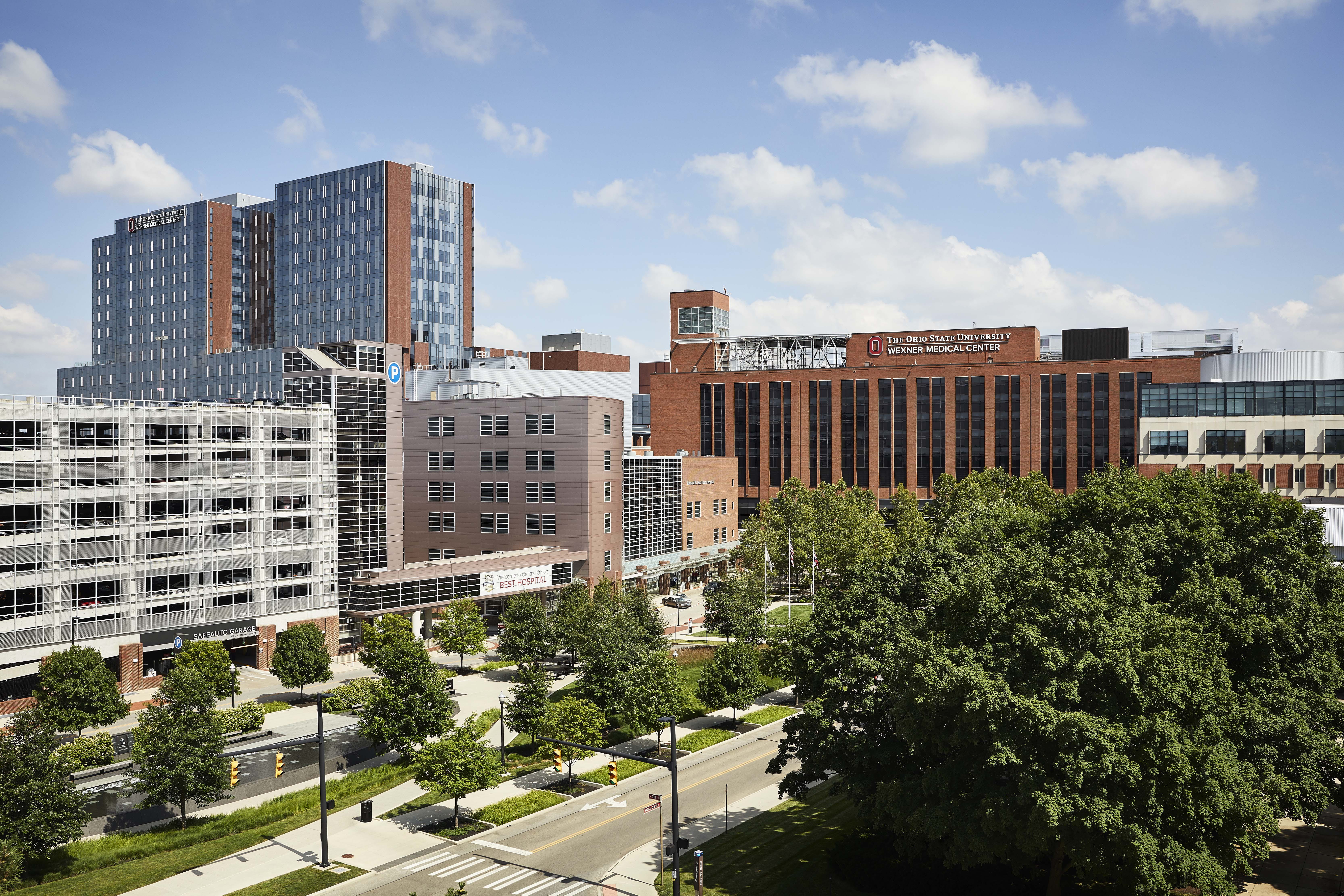
Researchers at The Ohio State University Wexner Medical Center have discovered a new immune cell that not only protects the brain and spine from further damage but also encourages nerve cells to regrow, which is unprecedented. Credit: Courtesy of the Wexner Medical Center at Ohio State
Researchers at Ohio State and the University of Michigan discovered a new immune cell that may hold the key to treating incurable neurological diseases such as multiple sclerosis, traumatic brain and spine injuries, and strokes.
The cell releases a substance that stimulates nerve cell growth and allows damaged nerve fiber to regenerate — while many other immune cells remove damaged cells — Dr. Andrew Sas, an assistant professor of neurology at Ohio State, said. Researchers found the cell after discovering a similar cell in a mouse model.
Sas said this unique ability to save dying nerve cells and grow new ones is important for patients who have difficulty speaking, moving, seeing, feeling and even thinking due to these diseases and injuries.
“They are quality of life things, because if you can’t use an arm or a leg or you can’t talk to others, then you can imagine how much more difficult that life is then compared to all the things that you can do and we take for granted,” Sas said. “Unfortunately, patients who have neurologic injuries live with a lifetime of disability.”
In 2014, there were about 2.5 million traumatic brain injury-related emergency department visits and 56,800 deaths in the U.S. — more than 810,000 of the visits and 2,500 of the deaths were children, according to the Centers for Disease Control and Prevention. Neurological diseases also burden many — nearly one million people are estimated to have multiple sclerosis in the U.S., according to the National Multiple Sclerosis Society, and about 5,000 people in the U.S. are diagnosed with ALS each year, according to the CDC.
The newly discovered cell is a type of white blood cell called a granulocyte. Dr. Benjamin Segal, professor and chair of the Department of Neurology and director of Ohio State’s Neuroscience Research Institute, said it resembles an immature neutrophil — a plentiful white blood cell in our bloodstream that normally helps fight off infection — but is unique.
“This is an unusual, neutrophil-like cell. It has features of a more immature stage, but hasn’t been described before,” Segal said. “It expresses certain genes and molecules on its surface that are not normally associated with neutrophils or granulocytes. But some of the markers that they express had been associated with healing processes.”
Sas said when researchers injected these cells into mice, they protected damaged nerve cells and enabled nerve fiber growth. In order to see these effects, Sas said an antibody is used to block mature neutrophil cells already present that can stunt the recovery process, allowing a greater production of this new cell.
“One of the things that was really important about our discovery is that by blocking mature neutrophils, we actually can enrich this immature population and make it more prevalent so that it has a bigger impact,” Sas said. “This way, we were able to get more of those cells so that they could have a better, more beneficial response.”
Segal said the researchers’ next step is to identify the cell in people with traumatic brain injuries and manipulate the cell in the same way as in the mouse model.
Sas said they hope to inject the cells into human patients and see the same effects, potentially paving the way for new treatment options.
“It’s exciting that we have a new line of research and possible therapies that could be coming down the line in the future, that could help [patients] because today, we don’t have a lot of therapies,” Sas said. “We’re on the right path to, hopefully, giving patients in the future hope that they’re gonna do better than the patients before them.”
Study findings were published Monday in Nature Immunology. The research was funded by the National Eye Institute, National Institutes of Health, the Wings of Life Foundation and the Dr. Miriam and Sheldon G. Adelson Medical Research Foundation, according to a press release.


